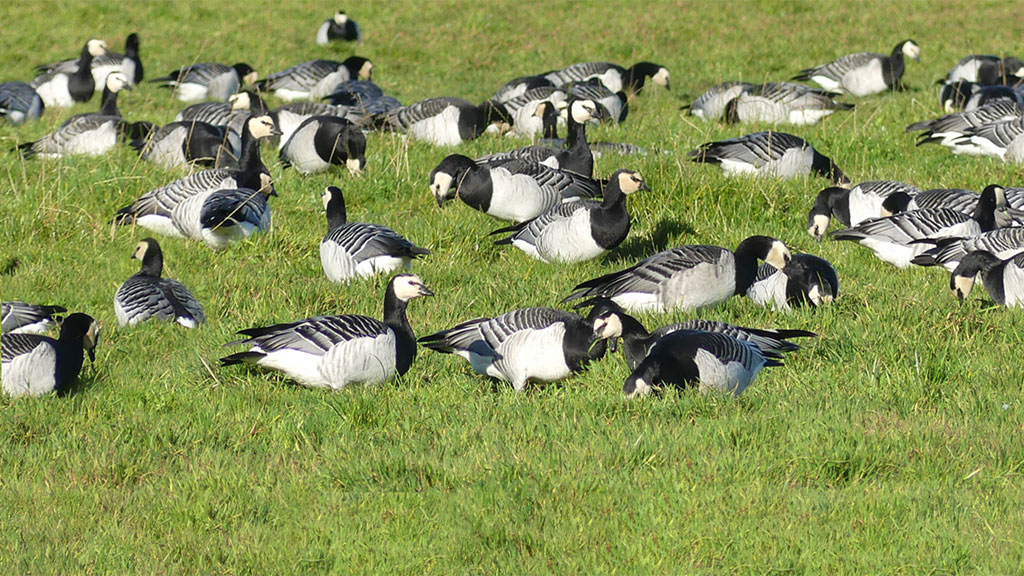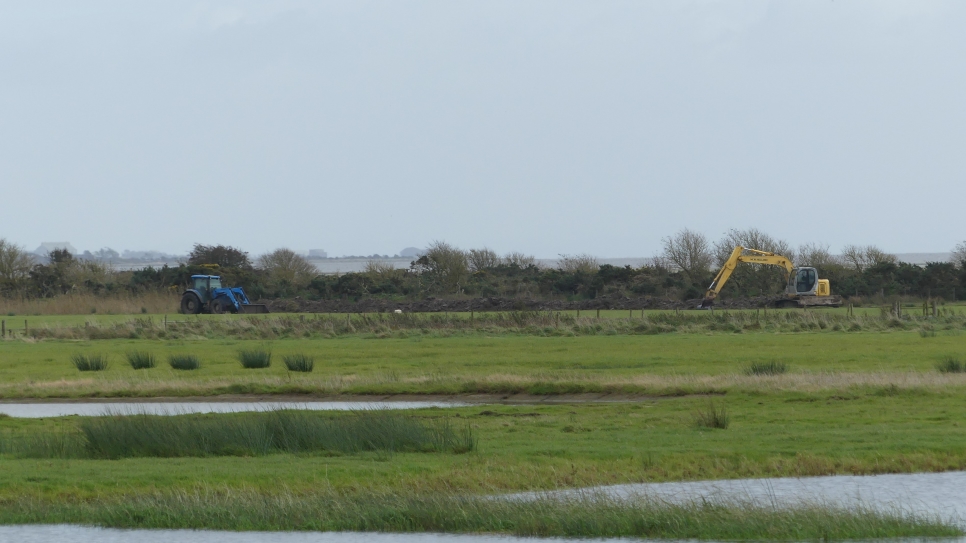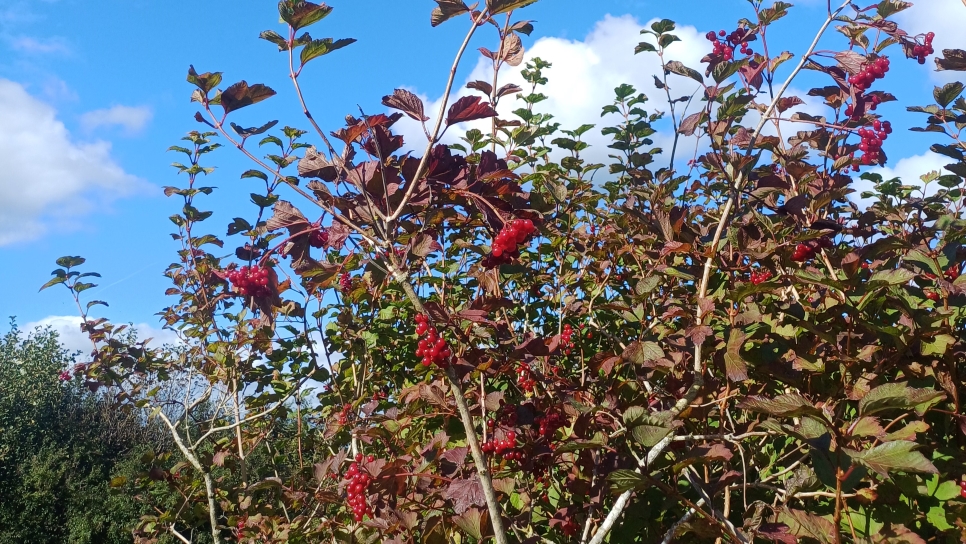Caerlaverock Wildlife Garden
As one of the hosting locations of Chris Packham’s UK Bioblitz last year we were awarded funding towards our on-going development of the Wildlife Garden at Caerlaverock.
As one of the hosting locations of Chris Packham’s UK Bioblitz last year we were awarded funding towards our on-going development of the Wildlife Garden at Caerlaverock.
Increasing Diversity
This area had become neglected in recent years but efforts had begun to tone down a bit of the wild and add in some more garden. The main structure was still present with mature trees and shrubs providing ideal nesting sites for birds. The main focus for the re-development works has been to increase flowering plant diversity and ensure that there are pollen and nectar sources right from early spring to late autumn to draw in a variety of insects.
Recycling
It has been a matter of trial and error to discover what will thrive due to the challenge of gardening in a coastal location. The predominant soil type is alluvial silt which becomes waterlogged in the winter and bakes solid in the summer. To combat this we have recycled three old tyres from one of the reserve tractors to act as raised planters. Into one of these we have planted a variety of herbs that would not normally be able to cope with waterlogging. These include lavender, rosemary and thyme. The surrounding flowerbed has been planted up with other herbs including a number of different types of mint. This area can now be used as part of a sensory walk to highlight the sense of smell.

Perfect for Pollinators
The other two tractor tyres have been placed into one of the sunniest sections of the garden in what was a mowed lawn. This will now become our “Perfect for Pollinators” area with a variety of plants being added that are best for butterflies, bumblebees and moths. Not surprisingly one of the first plants to go in was Buddleia, otherwise known as the “butterfly bush”. This spring has seen the Aubrietia that was grown from seed come into flower for the first time, a great early season nectar boost for emerging butterflies. The section of lawn in front of these tractors tyres is now no longer being mown and is left to grow longer. Plug plants are being installed to create more of a wildflower meadow theme with the emphasis again on picking species that will cope with the ground conditions.
Early Flowering Plants
This spring we have naturalised a small number of crocuses into another area of mown lawn as a test. If this is successful we will hope to grow this area over the next year to increase the number of different species of early flowering plants in the garden. Daffodils and Pulmonaria are already doing rather well. On our shady banking adjacent to the Folly Pond we have cleared back some of the encroaching brambles and nettles. To limit their encroachment into the garden we have planted a screen of Rosa Rugosa shrubs. This will also help to fill a gap in flowering plants in June and July, with the hips in Autumn providing a source of food for birds.

Over the next coming months we will continue works on the shady banking to bring it back into cultivation. Another key area that is earmarked for improvement is surrounding the pond. Again we will aim to increase species diversity and select plants to plug any gaps in flowering period for the insects. This is where the funding from Chris Packham’s Bioblitz will be of great assistance to us. We are currently in Year three in what is planned to be a five year overhaul, although plans are fluid!



